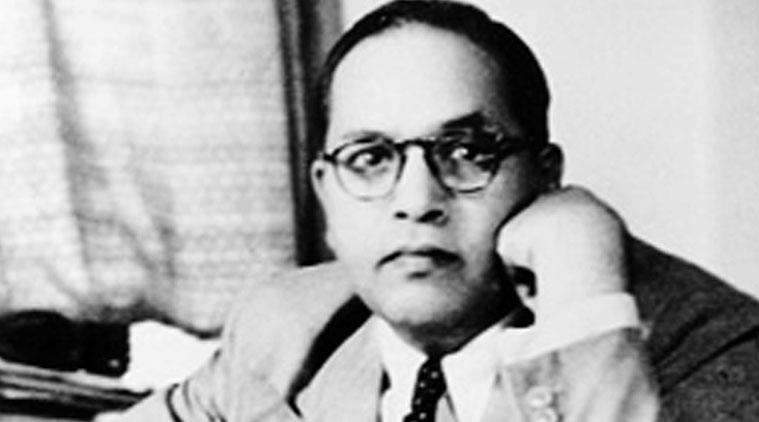In the heart of India’s rural landscape, Krishi Vigyan Kendras (KVKs) are silently scripting a story of relentless commitment—bridging the critical gap between agricultural research and the farming community. As frontline extension institutions, KVK scientists are the torchbearers of agricultural transformation, working under often challenging and under-resourced conditions to uplift the livelihoods of farmers. Far beyond being mere knowledge hubs, KVKs have evolved into the backbone of food, nutritional, and economic security at the grassroots level.
By integrating research, training, demonstrations, and real-time advisory services, KVKs have catalyzed improvements in productivity, income, and rural livelihoods. Their efforts in disseminating climate-smart, resource-efficient, and sustainable technologies have played a vital role in increasing the resilience of Indian agriculture. The consistent adoption of modern agricultural practices by farmers—often facilitated by KVK-led demonstrations—has significantly contributed to the national vision of agricultural prosperity.
The Nerve Centre of Agricultural Progress
KVKs embody the concept of “Lab to Land”, functioning as dynamic platforms for grassroots innovation and the localization of scientific knowledge. Since their inception, they have emerged as the most impactful institutional reform in India’s agricultural extension system. Despite a sanctioned staff strength of just 16 (teaching and non-teaching combined), and persistent understaffing issues, KVKs continue to implement flagship programs of national importance and deliver results that far exceed their human resource capacity.
KVKs have been instrumental in executing government initiatives such as Swachhata Hi Sewa, PM-Kisan Samman Nidhi, the National Mission on Natural Farming, and more recently, the Oilseed Model Villages (OMVs) initiative. These centers are also pivotal to the recently launched Viksit Krishi Sankalp Abhiyan, which aims to galvanize rural India through scientific outreach. In a high-level meeting convened for the nationwide launch of this campaign (to be observed from May 29 to June 12), the Hon’ble Union Minister of Agriculture underscored the significance of this 15-day pro-Kharif and subsequent 15-day pro-Rabi programme. He emphasized that this initiative will significantly enhance farmers’ awareness of scientific cultivation practices and lead to measurable increases in production levels across crops. He further reiterated that the vision of Viksit Bharat by 2047 will be realized primarily through agriculture, and the role of KVKs is not only important—but central—to achieving this national goal.
A Tale of Insecurity Amidst Success
KVKs today function as one-stop solutions for the agri and allied sectors, akin to outpatient departments (OPDs) for farmers—offering diagnostics, real-time problem-solving, and localized innovation. Yet, despite their enormous contribution, non-ICAR KVK staff (particularly those under SAUs like SKUAST-Kashmir and SKUAST-Jammu) face a host of challenges that undermine both morale and efficiency.
A recent communication from ICAR has further deepened this divide by referring to KVK scientists as part of a non-teaching, temporary cadre, with service terms co-terminus with project funding. This position deprives them of parity in retirement benefits, promotions, and allowances enjoyed by their peers in ICAR institutes and other university units. It is both ironic and disheartening that while KVKs are hailed as pillars of rural transformation, the very scientists making this possible are subjected to systemic inequities and institutional neglect.
These disparities not only demotivate existing staff but also disincentivize talented young professionals from joining the KVK system—thereby jeopardizing its future. The implications are grave: without adequate human resource support, even the most ambitious policy frameworks may fail at the grassroots level.
Strengthening KVKs for Agricultural and National Progress
As India marches toward the goal of Viksit Bharat by 2047, the strengthening of the KVK system must be viewed as non-negotiable. With more than 11,000 employees working in over 731 KVKs, this frontline extension network is the bedrock of agricultural outreach in India. Ensuring job security, parity in pay and service conditions, and clear career progression paths is essential for unlocking their full potential.
Moreover, KVK scientists have consistently received accolades from the Prime Minister of India for their dedicated service and commitment to improving rural livelihoods. Their work—delivered in close collaboration with line departments and development agencies—deserves not just verbal praise, but policy-level recognition and support.
Particularly, SAU-run KVKs under universities like SKUAST-Kashmir face greater disadvantages than their ICAR-run counterparts. The recent reclassification of their roles as non-teaching, exclusion from faculty benefits, and ambiguity regarding retirement age and cadre structure have compounded their distress. Addressing these issues is critical—not only to retain experienced professionals but also to attract bright young minds to the KVK system.
A National Priority, Not a Peripheral Concern
KVKs have long proven their worth through tireless ground-level work. From enhancing oilseed productivity on thousands of hectares to promoting natural farming and sustainable agriculture, KVKs are at the forefront of India’s agrarian revival. If the vision of a developed India is to be achieved, it must begin in the fields—and that journey is led by KVKs.
It is, therefore, imperative for the Government of India and ICAR to address the systemic disparities plaguing KVK staff, particularly in non-ICAR institutions. A comprehensive cadre review, equitable service rules, and strengthened support systems are urgently needed.
Without well-supported and empowered KVKs, the dream of Viksit Bharat by 2047 will remain aspirational rather than attainable.
The author is Sr. Scientist and head of the KVK Anantnag.






